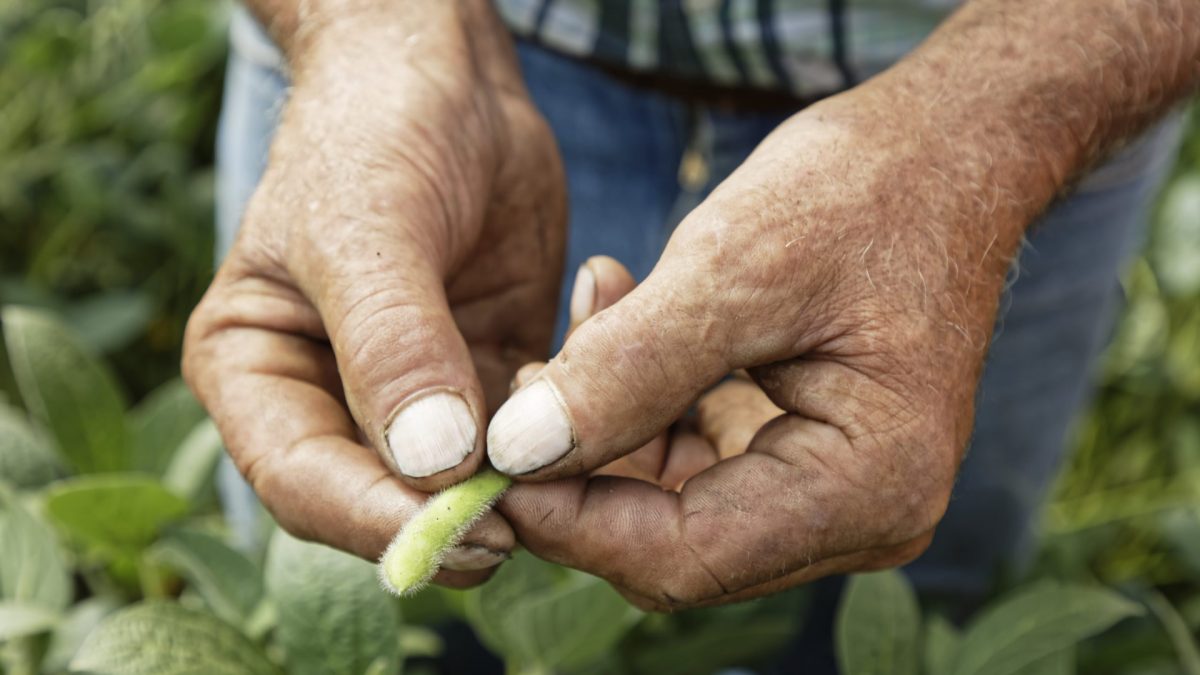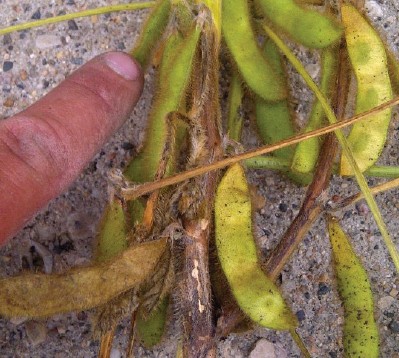Choosing Soybean Varieties: Sprinters vs. Marathoners

For most farmers, this year turned out far better than anticipated. While the wet, late spring and dry summer produced anxiety, the fall harvest was impressive. We were all surprised it turned out to be a racehorse crop. Now it’s time to think about soybean selection for next season.
Placement
When thinking about soybean selection and placement, consider whether your ground needs defense or offense. On fields with issues, choose a defensive product that protects yield. When adding more defense to a plant’s genetics, especially when it comes to IDC, yield potential can be affected. While it may hold yield well, it probably will not push beyond. Plant breeders have improved the yield potential of defensive products but remember that plant defense still requires energy. For this reason, going into 100% defensive mode across the farm usually isn’t the best strategy.
On the offensive side, “racehorse” products have fewer defenses but insane yield potential. These are the products to grow on your best ground. While they still perform well in an average year, racehorse varieties absolutely shine when minimal stressors are present.
We witnessed some of that success with last year’s crop. While they had a tough start, the decent growing season allowed those racehorses to shine.
Some of the defensive lines fell back a little farther in the pack, still doing well but not taking home first place. Think of it like a sprinter versus an endurance runner. In good conditions, racehorses sprint to the end, while endurance runners are in it for the long haul, training for tougher conditions.
My favorite example is our 2106E bean. It is STACKED for defense: high phytophthora tolerance, SCN resistance, high IDC score, and adaptability across soil types makes it one of our most defensive products. During the drought conditions of 2021, 2106E’s defense characteristic propelled it to become one of the top performers in its class. This year, because it had decent moisture, less disease pressure, and fewer stressors, our racehorse varieties outperformed it.
By the Numbers
In the chart below, there is an interesting comparison between 2106E and 2207E. While 2207E is still a well-rounded bean, it doesn’t have the same defense as 2106E. In 2021, this was evident in the yield data, with 2106E topping the yield trial and coming out with a comfortable lead on 2207E. However, when looking at this year’s data, these two varieties essentially switched places, with 2207E taking advantage of better conditions. While 2106E still did well, it was more limited in its top-end yield. I also added 22XF06 as a steadier variety comparison that balances defensive and offensive genetics.

LSD(.05) = 1.8 bu

LSD(.05) = 1.7 bu
The Moral of the Story
So, with all this information, where do we go from here?
The moral of this story is not to change your entire lineup based on a single year of data. If you’ve had a variety or hybrid that has performed well in the past, but suddenly lags behind one year, ask yourself (and your seed salesman!) why. Think about the conditions throughout the season and the placement. It’s possible a defensive variety was planted on nice ground or vice versa.
Don’t immediately ditch a tried-and-true product. If you want to switch, we recommend an 85-15 plan. Keep 85% of your acres in those trusted products and switch out 15%. There are exciting new genetics and testing them a little at a time can help you compare.
Most importantly, multi-year data is king. When comparing multiple years of information, patterns start appearing and there are fewer chances of environmental events (bugs, storms, disease, etc.) skewing your data.
We like to puff our chests a bit when it comes to the quality of our testing program, so if you are interested in those numbers, please reach out!











